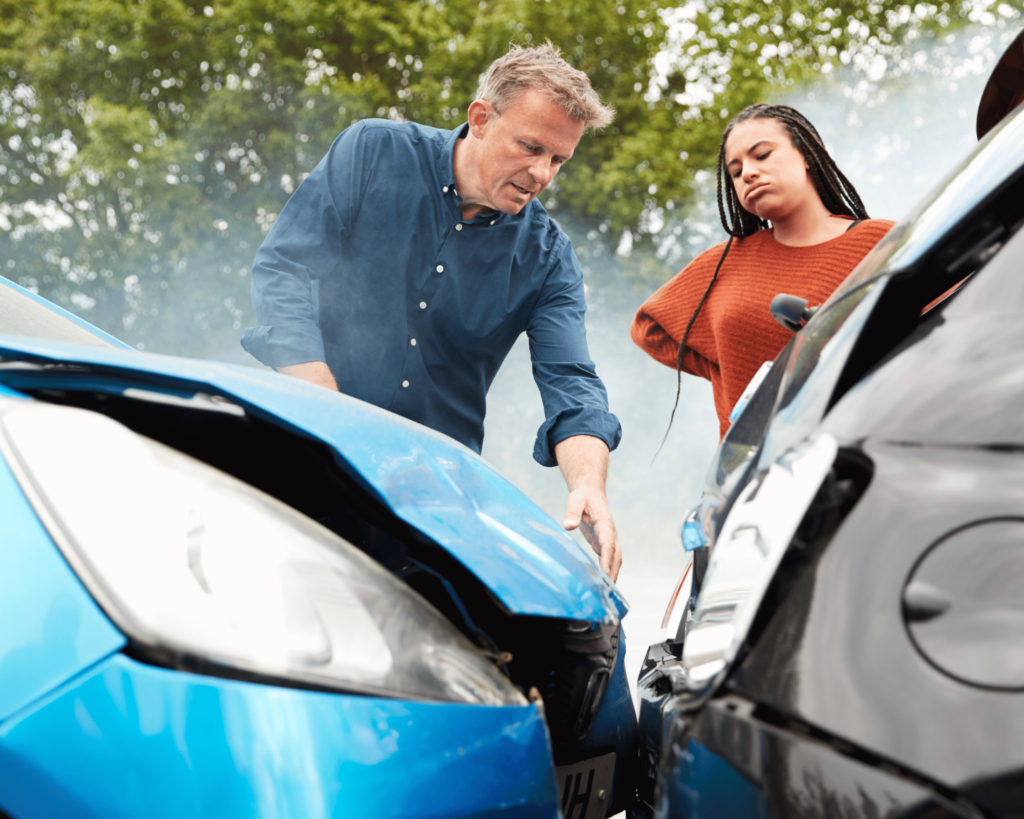Most Common Places for Car Accidents
Car accidents can occur anywhere, but certain locations are more prone to accidents due to various factors such as traffic congestion, road conditions, and driver behavior. By understanding where accidents are most likely to happen, drivers can take proactive measures to stay safe on the road. In this blog post, we’ll explore the most common places for car accidents and discuss strategies for avoiding collisions in these high-risk areas.

Intersections
Intersections are one of the most common locations for car accidents due to the convergence of traffic from multiple directions. Rear-end collisions, side-impact crashes, and T-bone accidents are all common at intersections, especially when drivers fail to yield the right-of-way, run red lights, or make improper turns. To reduce the risk of intersection accidents, drivers should approach intersections cautiously, obey traffic signals and signs, and be vigilant for other vehicles and pedestrians.
Highways and Freeways
Highways and freeways are another hotspot for car accidents, particularly during periods of heavy traffic or adverse weather conditions. Factors such as speeding, aggressive driving, lane changes, and distracted driving contribute to accidents on highways. To stay safe on highways, maintain a safe following distance, use turn signals when changing lanes, and avoid distractions such as cell phones or in-car entertainment systems.
Parking Lots
Parking lots may seem like relatively safe environments, but they can be surprisingly dangerous due to tight spaces, limited visibility, and pedestrian traffic. Rear-end collisions, fender benders, and pedestrian accidents are common in parking lots, especially during peak shopping hours or holiday seasons. To prevent parking lot accidents, drivers should proceed with caution, obey speed limits, and watch for pedestrians and other vehicles backing out of parking spaces.
Rural Roads
Rural roads, characterized by narrow lanes, sharp curves, and limited visibility, pose unique challenges for drivers and are often the site of serious accidents. Factors such as speeding, wildlife crossings, and poor road maintenance contribute to accidents on rural roads. To navigate rural roads safely, drivers should reduce speed, stay alert for hazards such as deer or livestock, and be prepared for sudden changes in road conditions.
Residential Areas
Residential areas, including neighborhoods and side streets, are frequented by pedestrians, cyclists, and children playing, making them prone to accidents. Collisions between vehicles and pedestrians, as well as backing accidents and speeding-related crashes, are common in residential areas. To enhance safety in residential neighborhoods, drivers should observe posted speed limits, watch for pedestrians and cyclists, and be especially cautious near schools and playgrounds.
Construction Zones
Construction zones present unique hazards for drivers, including reduced lanes, uneven road surfaces, and temporary traffic patterns. Rear-end collisions, sideswipes, and lane departure accidents are common in construction zones, often due to driver inattention or failure to adjust to changing road conditions. To navigate construction zones safely, drivers should reduce speed, obey posted speed limits and construction signs, and be prepared for sudden stops or lane closures.
Whether navigating intersections, highways, parking lots, rural roads, residential areas, or construction zones, vigilance, patience, and adherence to traffic laws are essential for staying safe behind the wheel. Remember, safety should always be the top priority when driving, no matter where you are. If you happen to get injured in a car accident, please speak with an experienced Everett car accident attorney for legal guidance and support.







